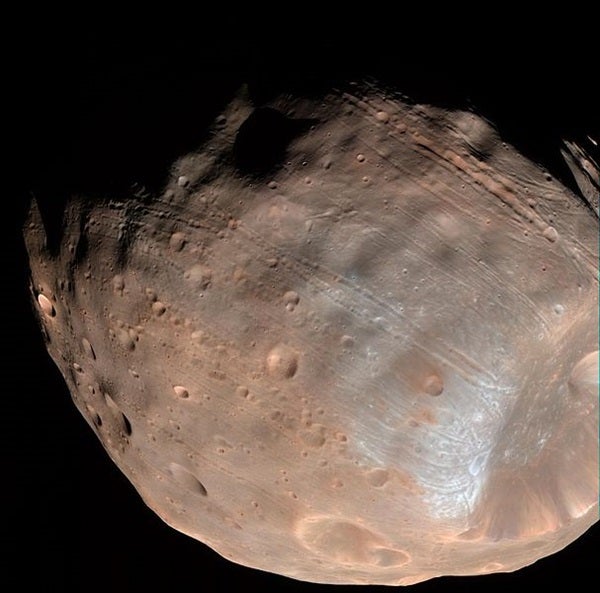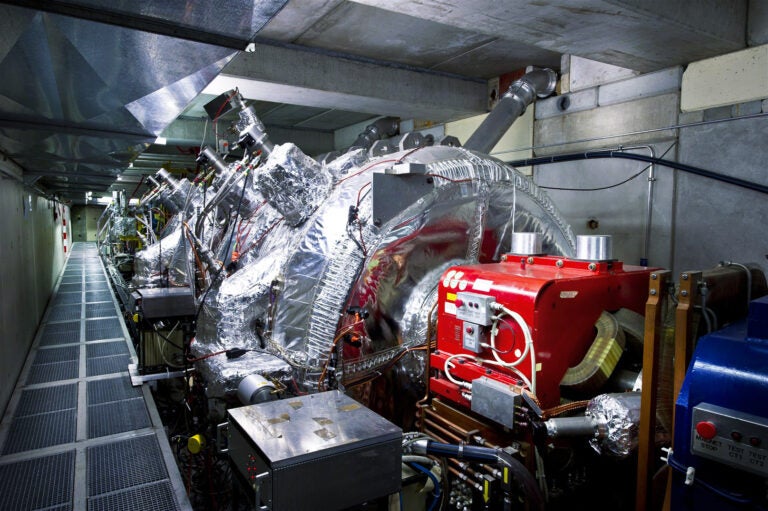Mars has always been identified as “the Red Planet,” but a new theory suggests Mars may be able to add another identifier.
A recent theory by NASA-funded scientists at Purdue University in Lafayette, Indiana, that was published in the Nature Geoscience journal suggests that space debris may have previously become rings around Mars.
David Minton and Andrew Hesselbrock developed a model that claims debris resulting from objects such as asteroids slamming into Mars alternates between becoming rings and becoming a moon. Such a collision 4.3 billion years ago formed Mars’ North Polar Basin and would have resulted in debris that became rings.
According to the model, the debris in the rings eventually moved away from Mars and spread, where it then came together to form a moon. After the moon was formed, the gravitational pull between Mars and the moon would have come into play and pulled it inward toward the Roche limit, which is the distance where a self-gravitating celestial body such as an asteroid or moon is torn apart by interactions with a larger planet. This cycle could have repeated itself up to seven times in the past several billion years.
The model suggests Phobos is about 70 million years from reaching the Roche limit, breaking apart, and becoming a new set of rings.
This theory could also explain the mysterious sediment on Mars’ equator as pieces of past moons breaking apart as they formed the rings.
“You could have had kilometer-thick piles of moon sediment raining down on Mars in the early parts of the planet’s history, and there are enigmatic sedimentary deposits on Mars with no explanation as to how they got there,” Minton said in a press release. “And now it’s possible to study that material.”
Minton and Hesselbrock now plan to focus on either the deposits on Mars or the dynamics of previous rings around Mars.










